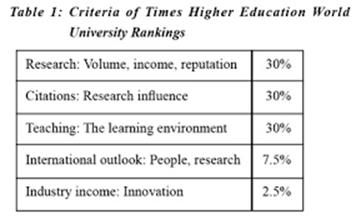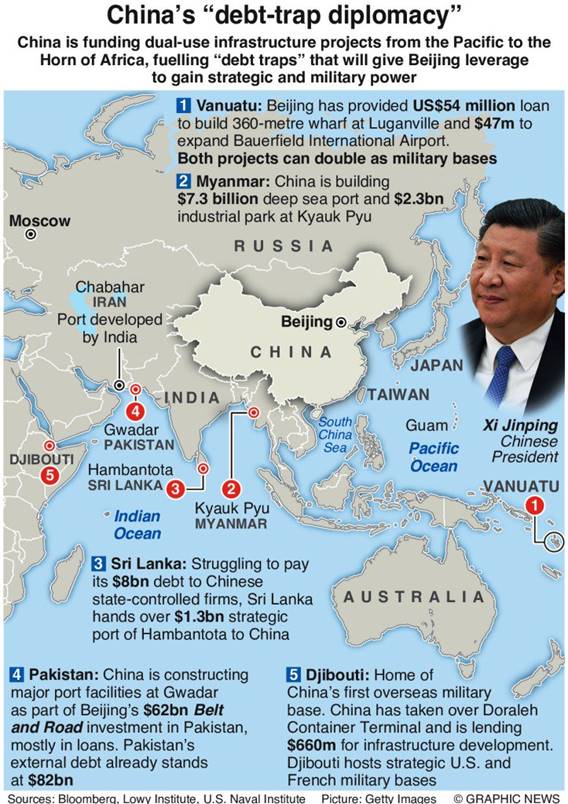



DRDO successfully flight-tests indigenously developed low weight, fire & forget Man Portable Antitank Guided Missile
Defence Research and Development Organisation (DRDO) has successfully flight tested indigenously developed low weight, fire and forget Man Portable Antitank Guided Missile (MPATGM) in the ranges of Kurnool, Andhra Pradesh.
- The missile is incorporated with state-of-the-art Infrared Imaging Seeker along with advanced avionics.
- The test paves the way for the Army to have developed third generation man portable Anti-Tank Guided Missile indigenously.
Source: PIB
- Balti
- Beda
- Bot, Boto
- Brokpa, Drokpa, Dard, Shin
- Changpa
- Garra
- Mon
- Purigpa.
- Democratic devolution of powers.
- Preserve and promote distinct culture of the region.
- Protect agrarian rights including rights on land.
- Enhance transfer of funds for speedy development of Ladakh region.
- Bring Union Territory of Ladakh under the Sixth Schedule of the Constitution.
- Declaring Ladakh a tribal area entitles it to a higher share of Central funds to the states and UTs.
- The Centre bears 90% of the state expenditure on all centrally sponsored schemes, with the remaining 10% given as loan at 0% interest.
- Sixth Schedule has Tripura, Assam, Manipur and Mizoram as tribal states. They have provisions of autonomous district councils.
- Home Ministry manages the Sixth Schedule.
- Fifth Schedule deals with other tribal states. Tribal affair ministry deals with it.
- The Sixth Schedule gives tribal communities considerable autonomy, with the role of the Governor and the State subject to significant limitations, with greater powers devolved locally.
- The District Council and the Regional Council under the Sixth Schedule have real power to make laws, receiving grants-in-aids from the Consolidated Fund of India to meet the costs of schemes for development, health care, education, roads and regulatory powers.
Source: PIB
For the first time since 2012, not a single Indian institution figured among the top 300 in World University Rankings 2020, compiled by UK-based Times Higher Education (THE).
- IISC and IIT Ropar appeared in the Group between 350-400.
- IIT Ropar ranking increased due to higher citations compared to other older IITs.
- It comes as a setback when government has initiated Institute of Eminence for improving the ranks of universities globally.
- The fall in IISC ranking is due to a significant fall in its (research) citation which impacted scores of improvements in research environment, teaching environment and industry income."
- 56 Indian universities feature in the group of 1,300 institutions, up from 49 last year.
- India holds on to its place as the fifth most-represented nation in the world and the third most-represented in Asia —behind Japan and mainland China.
- Low spending by global standards that it holds back India's economic, technological and strategic ambitions. India's R&D spending amounts to 0.7% of gross domestic product, a fraction of China's 2.1%, let alone Japan's 3.1%.
- A lax intellectual property regime, foolish sectoral regulations and a protectionist trade policy have deterred R&D thus reducing industry income.
- Composition of spending is also skewed. The government and a few strategic sectors, notably atomic energy, space and defence, account for the bulk of the meagre spending.
- The contribution of Indian companies, both private and public sector taken together, to total R&D is just 44% against a global average of 71%.
- Indian Higher education is marred with the curse of plagiarism.
- Government policies like paying graduate students cash incentives for publishing in the reputed journal creates a bias towards publishing than high quality science. Indian papers are cites lower compared to those in USA and China.
- Our school system is focussed on rote-learning than critically thinking. It also affects the quality of research.
- Poor quality infrastructure at institutes is also an issue.
- Quantified rankings bring conflict between educational values and market values. Educational values focus on critical thinking, analytical abilities, social agendas and the inculcation of citizenship ideals that are unquantifiable and intangible while market values are industry-driven, orients the project of neoliberal higher education training towards developing particular skill-sets for the labour market.
- Rankins are leading to defunding of the public institutions where they are supposed to enhance the income from corporates. It has an attack on dissent, critical education, and any public institution that might exercise a democratising influence on the nation.
- Rankings are one Size fits all model where they do not consider local cultures/societies.
- Rankins increased focus in on research output fuelling the consumerism. It violates the basic principle of university: Teaching.
- Focus on increased international exposure reduces opportunity for local regions.
- Focus on publication has resulted in massif cation in research journals. Scams have been unearthed about fake journals providing no peer research support.

Reference: https://www.livemint.com/education/news/indian-universities-draw-a-blank-in-the-s-top-300-list-1568224442151.html
Pollution levels in Delhi, primarily the concentration of particulate matter, has reduced by 25% over a period of four years.
- Delhi had installed air quality monitoring in 2010. The number of stations have increased since then.
- Delhi felt the full blown pressure of residue crop burning in 2012.
- Particulate matter, according to the United States Environmental Protection Agency (EPA), is a mixture of solid particles and liquid droplets in air.
- In Delhi’s air, the primary pollutants are PM2.5 (inhalable particles of diameter 2.5 micrometres and smaller) and PM10 (10 micrometres and smaller).
- Delhi Pollution Control Committee data from 2012 to 2019 show 2018 saw the lowest average concentration of PM2.5.
- The most polluted months of the year are November, December and January, with pollution peaking in November.
- It is in November that the highest volume of crop residue is burnt in Haryana, Punjab and UP.
- It is also when temperatures fall and humidity rises, aiding the increase in concentration of pollutants in the air.
- Locally, the burning of leaves picks up in November.
- Several studies have pointed to the fact that weather and seasons are among the biggest determinants of Delhi’s air quality.
- On a sunny and windy winter day, air quality can improve several notches within hours.
- Weather conditions are also the reason why winters are more polluted than summers. Cold, foggy, windless days help in the accumulation of pollutants.
- Wind blowing from the direction of a major pollution event such as crop burning or dust storms, will pollute the city as well.
- Ban on old diesel and petrol vehicles.
- Implementation of the odd-even road rationing scheme.
- Implementation of Graded Response Action Plan (GRAP), which provided state governments in Delhi and the NCR with a roadmap for action.
- If the air was severely polluted for more than 48 hours, for example, the entry of trucks would be stopped, and all construction work halted.
- The GRAP also set roles for each agency, fixing accountability.
- Shut down of the two thermal power plants in Delhi.
- Completion of the eastern and western peripheral expressways for vehicles not destined for Delhi.
- Ban on PET Coke as industrial fuel.
- Introduction of BS VI fuel.
- Open burning has been largely curtailed in the city.
- Regulation of construction activity is also responsible for driving down the air pollution.
Reference: https://indianexpress.com/article/explained/how-delhi-cleared-the-air-pollution-air-quality-index-arvind-kejriwal-5987651/
The Shanghai Cooperation Organisation, of which India is a member, organised a Eurasian Economic Forum in Xi’an city of China, pushing for greater cooperation in the spheres of communication, technology and development. India did not register its presence at the Eurasian Economic Forum.
- China’s Road and Belt initiative is shadowing the whole event. India opposes it ,hence didn’t attend the meeting.
- The Eurasian Economic Union (EAEU) is an economic union of states located in central and northern Asia and Eastern Europe.
- The Eurasian Economic Union has an integrated single market of 183 million people and a gross domestic product of over 4 trillion U.S. dollars (PPP).
- Member States: Russia, Krygstan, Kazakhstan, Belarus and Armenia.
- The EAEU introduces the free movement of goods, capital, services and people and provides for common policies in the macroeconomic sphere, transport, industry and agriculture, energy, foreign trade and investment, customs, technical regulation, competition and antitrust regulation.
- The BRI is a mammoth infrastructure project unveiled by China in 2017, which plans to connect the three continents of Asia, Europe, and Africa.
- The ‘Belt’ part refers to the Silk Road Economic Belt, consisting of three overland routes.
- First, a link between China, Central Asia, Russia and Europe.
- Second, a link through Central Asia and West Asia linking China with the Persian Gulf and the Mediterranean Sea.
- Third, a connection from China to Southeast Asia, South Asia, and the Indian Ocean.
- The China-Pakistan Economic Corridor, an important part of the BRI, passes through Pakistan Occupied Kashmir (PoK).
-It violates Indian sovereignty and territorial integrity.
- It lacks transparency.
- It will push signing countries into debt trap.

Reference: https://indianexpress.com/article/explained/explained-why-india-skipped-scos-eurasian-economic-forum-in-china-5986893/

© 2025 iasgyan. All right reserved